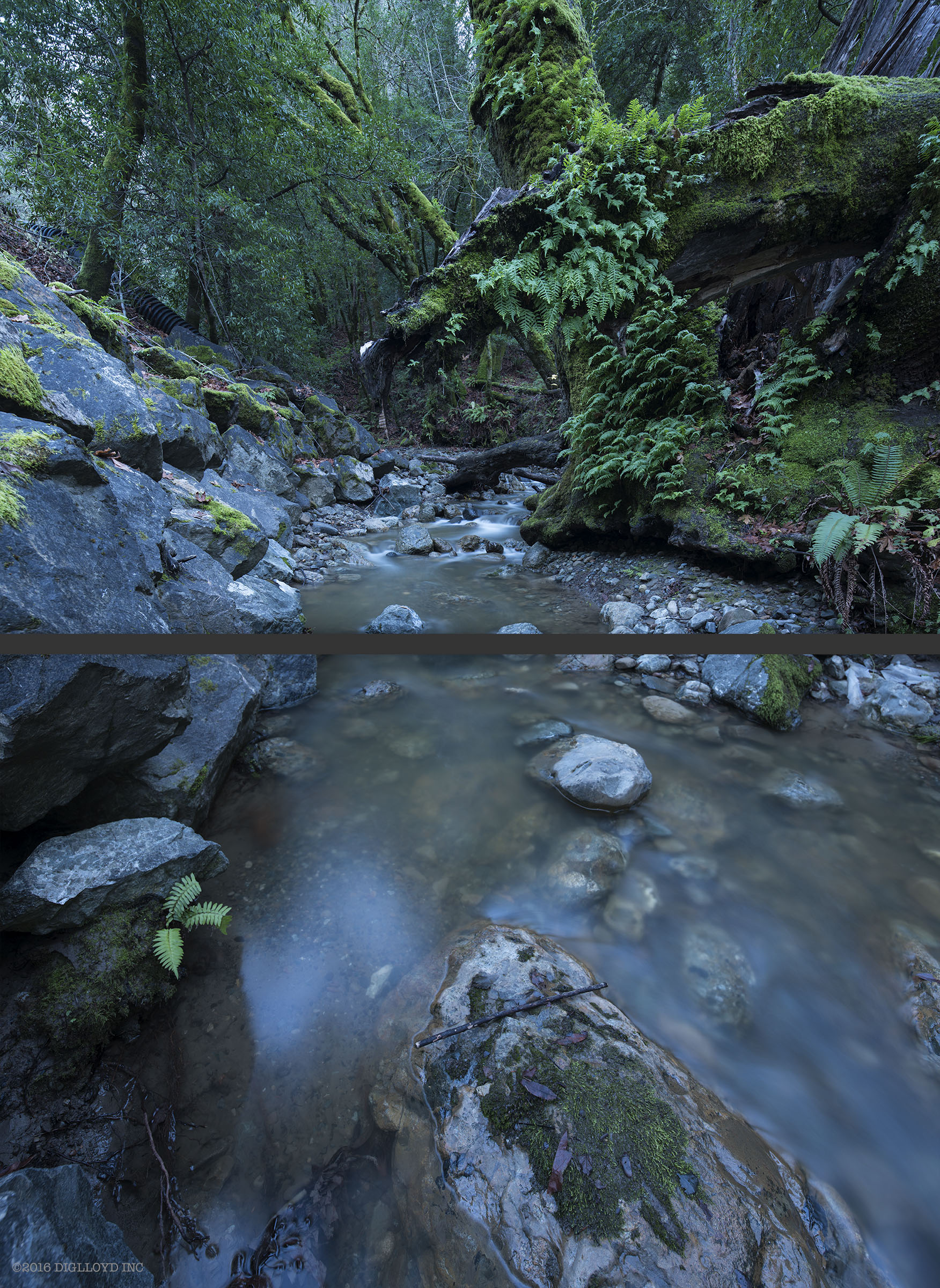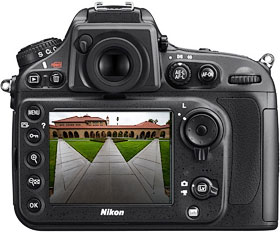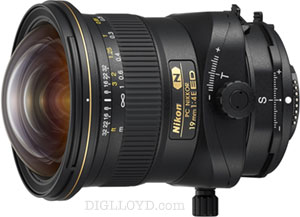EXCERPT page containing first few paragraphs. 2024-04-24 21:56:51
UA_SEARCH_BOT_compatible_botmozilla/5.0 applewebkit/537.36 (khtml, like gecko; compatible; claudebot/1.0; +claudebot@anthropic.com) @ 3.144.244.44
For full access, subscribe here. Or click title to login. ![]()
Shifting for Stitching: Virtual Sensor of Up To 49mm X 36mm
Rise = upward shift
Fall = downward shift
Shift = left or right shifting or a general reference to left/right shift or rise/falls
The Nikon 19mm f/4E PC-E actually shifts about 12.5mm in each direction, so that a 2-frame stitch yields a virtual sensor of 49mm in height along the short axis. Thus the Nikon D810 + Nikon 19mm f/4E PC-E offers a virtual sensor area of up to 36mm X 49mm (or 51mm X 24mm).
Finished stitched images made from combining two or three frames (maximum rise, centered, maximum fall) are about 7312 X 9988 = 73.0 megapixels, captured from a virtual sensor area of 49 X 36mm. That is slightly more than double the pixels of the 7360 X 4912 = 36 megapixel Nikon D810 sensor, due to the slightly more than 12mm shift in both directions (24mm wide + ~12.5mm + ~12.5mm = ~49mm).
Article continues for subscribers...
Diglloyd Advanced DSLR is by yearly subscription. Subscribe now for about 16 cents a day ($60/year).
BEST DEAL: get full access to ALL 8 PUBLICATIONS for about 75 cents a day!
Diglloyd DAP is DSLR-oriented, but also contains workflow and other topics. Much of the focus is on Canon and Nikon but also Pentax and Pentax medium format.
Special emphasis is placed on lens evaluation, focusing on Canon and Nikon and Sigma lenses, but with a few others like Rokinon/Samyang.
- Make better images by learning how to get the best results right away.
- Save money by choosing the right lens for your needs the first time, particularly some of the new Sigma Art lenses vs Nikon and Canon.
- Workflow discusses image organization, raw conversion and post processing. Many examples show processing parameters for direct insight into how the image was converted.
- Jaw-dropping image quality found nowhere else utilizing Retina-grade images up to full camera resolution, plus large crops [past 2 years or so].
- Real world examples with insights found nowhere else. Make sharper images just by understanding lens behavior you won’t read about elsewhere.
- Aperture series from wide open through stopped down, showing the full range of lens performance and bokeh.
- Optical quality analysis of field curvature, focus shift, sharpness, flare, distortion, and performance in the field.
Want a preview? Click on any page below to see an excerpt as well as extensive blog coverage, for example on Nikon or on Canon or on Pentax.




